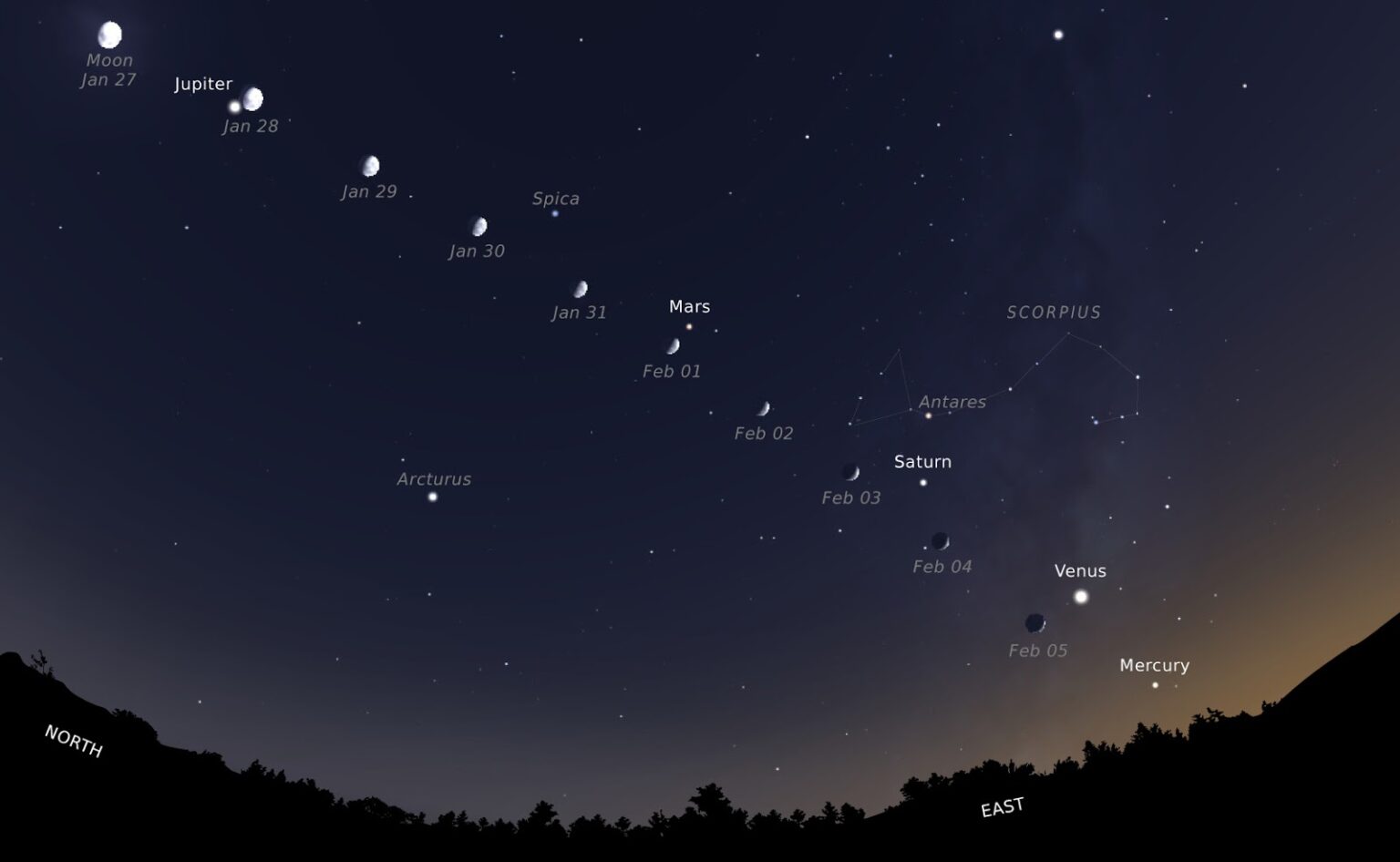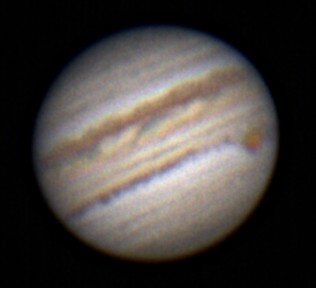

There are a couple of exceptions to this rule, like Jupiter, but we will go into detail about that later. For planets, you want to maximize contrast, colors, and details. Planets in the Solar System are close enough to Earth that plenty of details and features can be captured through the lens of a home telescope, and optical errors like commas are not as much of a problem as with deep space objects.

In general, when it comes to observing planets, you want as much magnification as possible. What magnification do you need to view planets? You need to select an eyepiece that pairs well with it so you don’t waste money on something that is too low-powered, or too high-powered for your setup.
Telescope to see planets how to#
We have already talked about how to upgrade a telescope, but now, it’s time to delve into the specifics of how to upgrade your eyepieces to get the best views out of the planets in the Solar System.Ĭhoosing the best eyepiece for viewing planets is going to depend mostly on the telescope you already own. It is here when the opportunity to do some optimization presents itself. When you first purchase a telescope, it comes bundled with accessories that are meant in the best case for general viewing conditions, and in the worst scenario, to save money to meet a certain price point.

We all want to get the maximum value and the best views out of our telescopes.


 0 kommentar(er)
0 kommentar(er)
